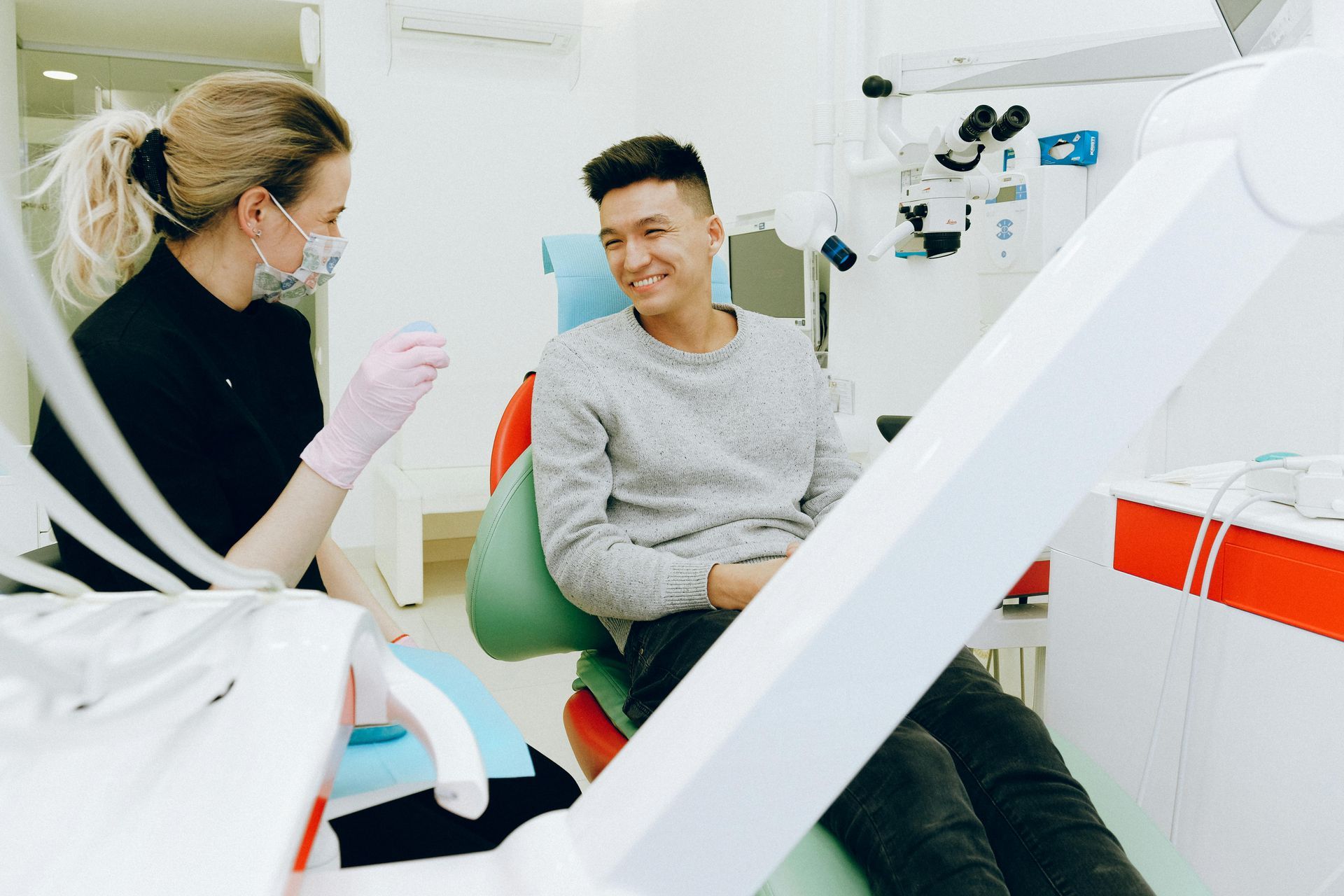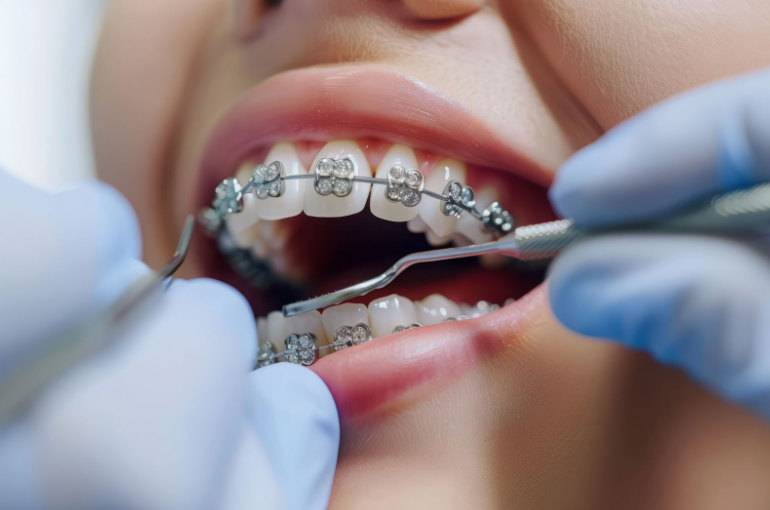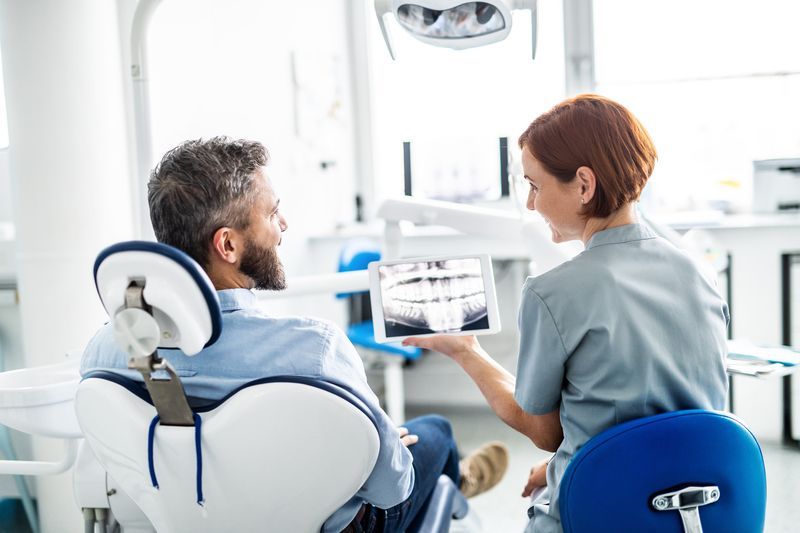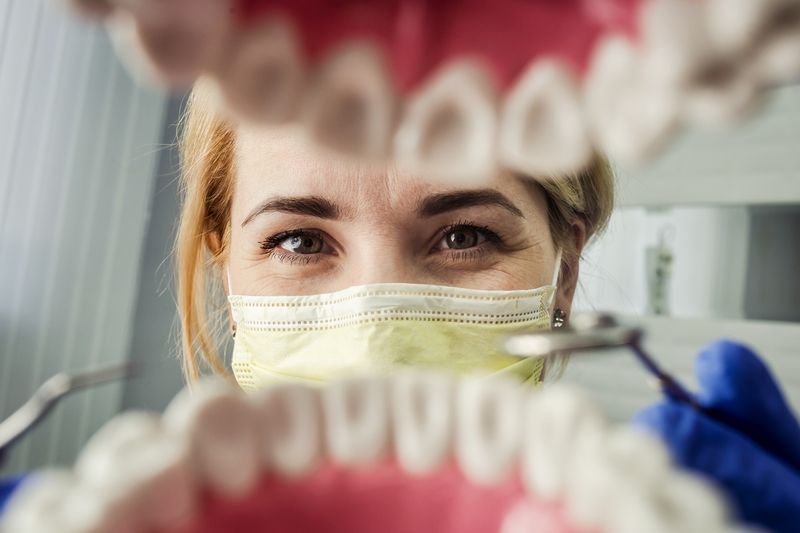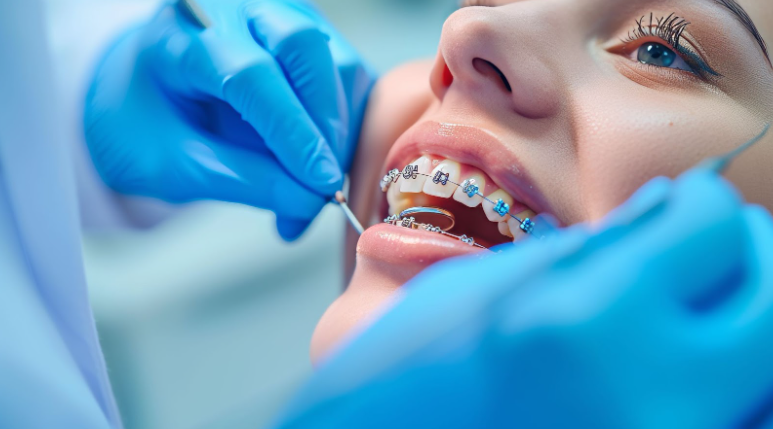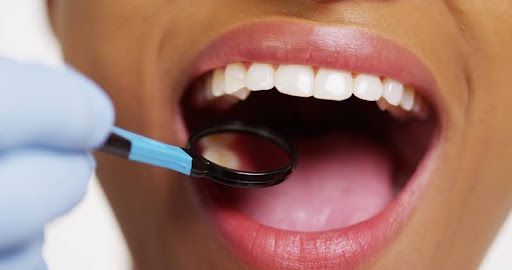December 2, 2024
The demand for aesthetic orthodontic solutions has seen a remarkable surge. This trend is largely fueled by cultural influences and the pervasive reach of social media platforms. People are increasingly seeking orthodontic solutions that enhance their appearance without drawing unwanted attention. The shift toward discreet orthodontic options is evident, with celebrities and social media influencers showcasing their experiences with invisible braces, thereby normalizing their use among the general populace. The Rise of Invisible Braces Invisible braces have gained popularity as a compelling alternative to traditional metal braces. These braces provide a subtle means of achieving a straighter smile. Unlike their metal counterparts, invisible braces are crafted to blend seamlessly with the natural color of teeth, making them less noticeable. They come in various forms, such as clear aligners and ceramic braces, all made from materials that prioritize aesthetics. This design ensures that they remain a preferred choice for those conscious of their appearance. Technological Advancements in Orthodontics The evolution of clear aligners as a viable orthodontic treatment has been significantly influenced by technological advancements. The integration of 3D imaging and computer modeling has transformed the customization process. This technology allows for aligners to be precisely tailored to each patient's unique dental structure. This precision not only enhances the treatment's effectiveness but also ensures a comfortable fit for the wearer. Benefits of Invisible Braces Invisible braces offer several advantages over traditional metal braces. They are known for their comfort and aesthetic appeal. These braces facilitate easier oral hygiene practices and come with fewer dietary restrictions, as they can be removed during meals and brushing. The psychological benefits are noteworthy as well, with many patients reporting increased confidence both during and after treatment. Considerations Before Choosing Invisible Braces Before opting for invisible braces, patients should weigh factors such as cost, treatment duration, and the necessity of adhering to the prescribed wearing schedule. While effective, invisible braces may not be suitable for complex orthodontic cases. It's essential to consult with a qualified orthodontist to understand the suitability of invisible braces for individual needs. Popularity in Nebraska In Nebraska, particularly in cities like Omaha, Fremont, and Elkhorn, the popularity of invisible braces is on the rise. Local orthodontic practices, such as McAllister Orthodontics, have noted an increase in patients seeking these treatments. The community's perception is largely positive, with many appreciating the combination of functionality and aesthetics that invisible braces offer. Real-Life Success Stories Numerous individuals have shared their success stories, highlighting the transformative changes in their confidence and lifestyle following treatment with invisible braces. Testimonials from patients in Nebraska often describe a newfound sense of self-assurance in their smiles, underscoring the significant impact these treatments have had on their lives. The Future of Invisible Braces The future of invisible braces in orthodontics appears promising, with ongoing research and developments focused on enhancing materials and technology. As advancements continue, invisible braces are poised to play a more significant role in the broader landscape of orthodontic care. Orthodontists predict that these treatments will become increasingly prevalent, although debates persist regarding their limitations in treating complex cases. Global Trends in Orthodontics Invisible braces have altered perceptions of orthodontic treatment worldwide, with varying levels of adoption and acceptance across cultures. Global trends show a steady increase in the use of these treatments, reflecting a shift towards more aesthetic orthodontic solutions. The growing acceptance of invisible braces signifies a broader trend in orthodontics, emphasizing the importance of aesthetics in treatment choices. Personalized Treatment Plans Patients have the opportunity to personalize their treatment plans with invisible braces, working closely with their orthodontist to tailor the approach to their specific needs. Maintaining oral health and adhering to the orthodontist's guidance are crucial for achieving successful outcomes with invisible braces. This personalized approach ensures that patients receive the most effective treatment possible. Comparing Invisible Braces to Traditional Braces When comparing invisible braces to traditional metal braces, considerations such as aesthetics, functionality, and cost come into play. While invisible braces offer a more discreet option, traditional braces may still be preferred in certain scenarios, especially for more complex orthodontic issues. Patient testimonials often highlight personal preferences based on individual needs and experiences, illustrating the diverse factors influencing treatment choices. The Initial Consultation The initial consultation for invisible braces is a critical step in the treatment process. During this meeting, patients should discuss their goals and expectations with the orthodontist. Preparing questions and gathering information can help ensure a productive consultation, setting the stage for a successful treatment journey. Financial considerations are an essential aspect of choosing invisible braces. Although they may be more expensive than traditional options at other practices, invisible braces options like clear ceramic braces and clear aligners are the same price as traditional braces. Insurance coverage and payment plans can help manage costs. In Nebraska, local resources and programs like Medicaid or our in house no interest financing may assist with the financial aspects of orthodontic care, making these treatments more accessible to a wider audience. Post-Treatment Maintenance Maintaining results post-treatment involves steps such as wearing retainers and attending follow-up visits. These measures are essential for preserving the alignment achieved through invisible braces. Maintaining good oral hygiene and lifestyle habits is crucial for long-term success, ensuring that patients enjoy the benefits of their treatment for years to come. Invisible braces have revolutionized the field of orthodontics, offering patients a discreet and effective way to improve their smiles. As technology and materials continue to advance, the future of invisible braces looks bright, with the potential to further transform orthodontic care. These treatments not only enhance aesthetics but also boost confidence, making them a valuable choice for many individuals. For inquiries or to schedule a consultation, reach out to McAllister Orthodontics today . Our team is dedicated to helping you achieve the smile of your dreams with the latest in orthodontic technology and care.
